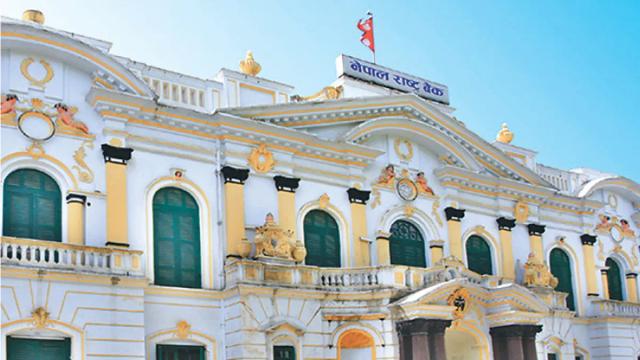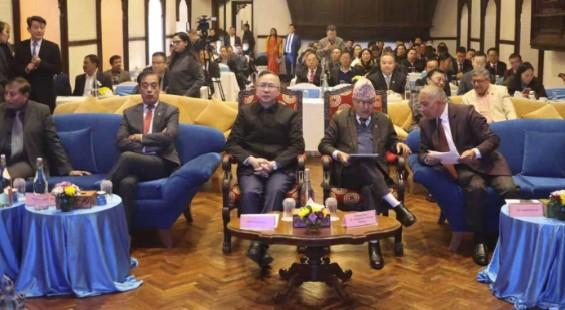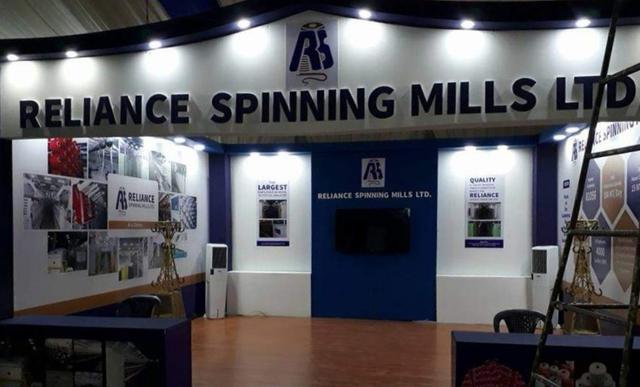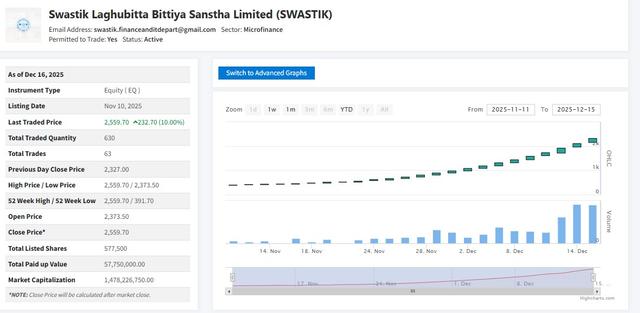Nepal’s Inflation Rises to 1.87 Percent, Driven by Higher Non-Food and Service Costs
Author
NEPSE TRADING
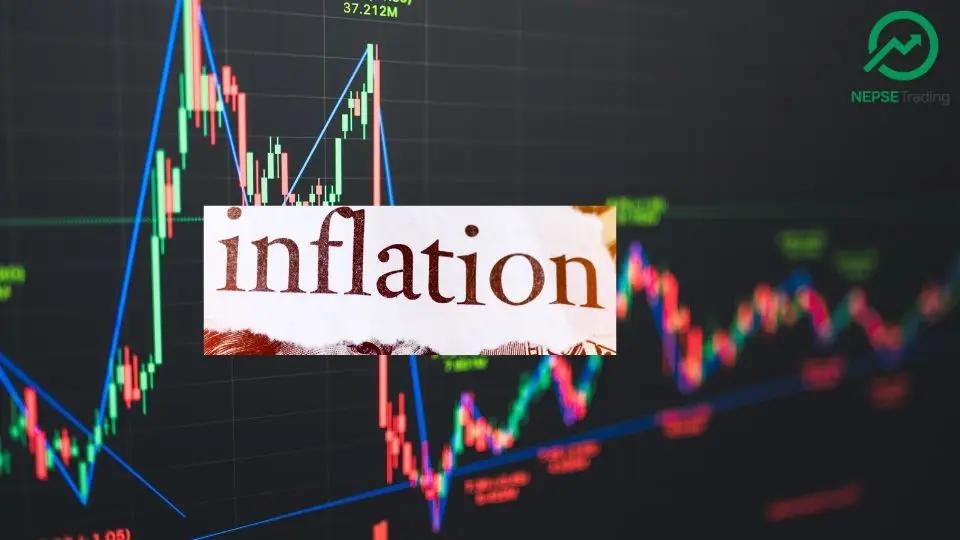
Kathmandu, October 2025 | NepseTrading Economic Desk —
Nepal’s consumer price inflation climbed moderately to 1.87 percent in mid-September (Bhadau 2082/83), reflecting rising costs in non-food and service sectors despite relative stability in food prices. According to the latest National Consumer Price Index (NCPI) report published by the Nepal Rastra Bank (NRB), the overall index reached 105.74 points, up from 103.80 points a year earlier. This indicates that while overall inflation remains under control, structural pressures are emerging in the urban and service-oriented segments of the economy, pushing the cost of living higher for middle-income households.
The data shows that Nepal’s inflation is no longer volatile but rather steady and persistent. The overall index rose 0.74 percent month-on-month, suggesting continued mild price increases even after several months of gradual easing. Economists interpret this as a transition from a “temporary food inflation phase” to a “structural cost inflation phase,” where price growth is being driven by long-term factors such as higher service costs, import dependency, and urban consumption patterns.
The Food and Beverage group, which holds a 35.49 percent weight in the consumer basket, registered an index of 104.90, showing a moderate 1.43 percent monthly increase. However, the Non-Food and Services group, which accounts for 64.51 percent of total consumption, reached 106.21, reflecting a 3.7 percent annual increase — the strongest contributor to overall inflation. This structural shift suggests that inflationary pressure in Nepal is now more urban and service-centered rather than rural or agriculture-based.
The report highlights that food prices have shown signs of stability, especially in fresh vegetables, fruits, and spices. Vegetable prices fell sharply by 12.7 percent year-on-year, while spices declined by 6.3 percent, offering some relief to household budgets. However, prices of pulses and legumes surged 10.8 percent, driven by poor domestic harvests and increased dependency on imports from India.
Similarly, ghee and oil prices jumped 11 percent, reflecting global edible oil market trends and strong local demand during the festive season. Milk and egg prices increased by 2.7 percent, and cereal grains and flour remained slightly higher due to logistics and import costs.
In contrast, non-food items and services continued to experience a steady rise in prices. Education costs increased by 7.67 percent, miscellaneous goods and services by 11.77 percent, clothes and footwear by 6.29 percent, and restaurants and accommodation services by 3.88 percent. These components collectively pushed the overall index upward, even though food inflation softened.
Economists note that Nepal’s inflation profile is shifting from short-term food-driven fluctuations to more structural, service-based inflation. This form of inflation tends to persist longer because it is influenced by institutional costs — such as tuition fees, rent, healthcare, and transportation — rather than seasonal supply conditions. Rising wages in urban areas, import-linked price transmission, and the weak Nepali rupee have all contributed to higher non-food inflation.
Furthermore, Nepal’s strong trade linkage with India means domestic prices are highly sensitive to changes in the Indian market. With India’s inflation hovering above 5 percent, Nepal continues to import inflation through essential commodities, petroleum products, and manufacturing goods. Analysts also point to rising fuel and transportation costs as indirect contributors to higher service-sector prices.
The Nepal Rastra Bank has acknowledged that although overall inflation remains moderate, structural pressures are gradually intensifying. The central bank faces the challenge of maintaining price stability without stifling economic growth. A tightening of monetary conditions could control inflation but may also limit private investment and credit expansion.
Therefore, NRB is expected to continue with a cautiously neutral monetary policy, focusing on liquidity management and targeted credit flows to productive sectors.
At the same time, policy coordination between the government and the central bank will be crucial. Experts emphasize that improving supply chain efficiency, ensuring smooth import logistics, and reducing administrative bottlenecks are essential steps to prevent inflation from becoming entrenched. Without addressing these structural inefficiencies, even moderate inflation could erode real household incomes and purchasing power, particularly for fixed-salary earners.
The NCPI data illustrates that Nepal’s inflation is currently under control but evolving. The easing of food prices has brought short-term stability, but the steady rise in service and utility costs points to a more complex inflationary structure. The economy is entering a phase where inflation is no longer seasonal — it’s systemic, shaped by urbanization, service demand, and import dependencies.
If external factors such as global oil price spikes, currency depreciation, or export restrictions from India occur, inflation could accelerate once again. Hence, Nepal’s inflation management strategy now depends not only on monetary control but also on improving domestic production capacity, logistics, and trade resilience.
In summary, Nepal’s inflation reached 1.87 percent in Bhadau 2082/83, reflecting a mild but persistent rise in prices. Food inflation remains moderate, supported by stable vegetable and spice prices, but non-food inflation — especially in education, services, clothing, and hospitality — continues to push the cost of living upward.
This marks a gradual shift in Nepal’s economic landscape: from a rural, agriculture-sensitive inflation pattern to an urban, service-cost-driven economy. For policymakers, the challenge ahead lies in sustaining price stability without constraining growth, while ensuring that ordinary Nepalis do not bear the long-term cost of this structural transition.
